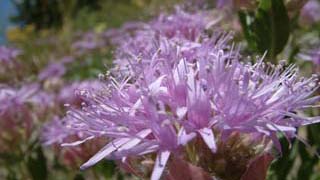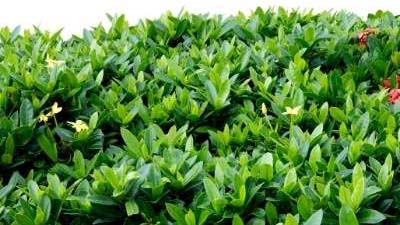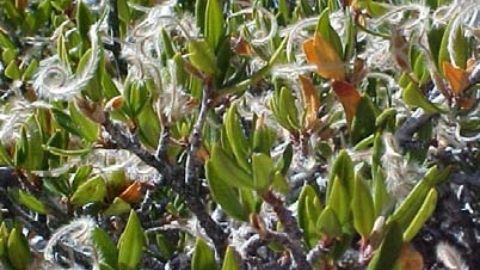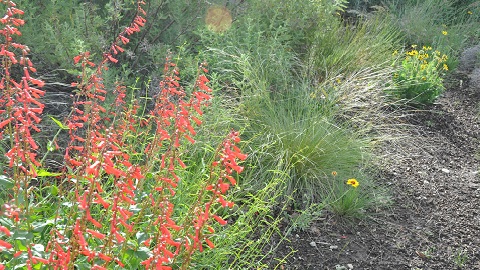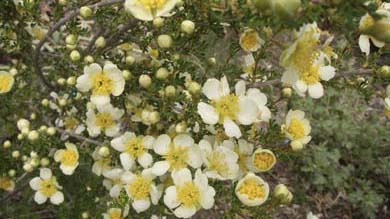Prince’s Plume in the Landscape
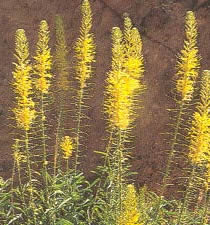
January 2009
Stanleya pinnata
Description
Extremely drought-tolerant perennial to 5 feet, tall with a large mound of coarse foliage at the base and tall plumes of lemon yellow flowers in summer. This species occurs naturally throughout the interior West and plains states. Though small, the flowers are numerous and open progressively towards the tip of the stalk; the effect in the landscape is quite spectacular.
Cultural Requirements
| Native habitat | Valleys and foothills; talus slopes at elevations from 3,000 to 9,000 feet |
| Soil | Thrives in poor, dry, sandy soil; use gravel mulch |
| Cold Tolerance | Zones 4 - 8 |
| Drought Tolerance | High |
| Salt Tolerance | Moderate |
| Sun/Shade Preference | Full sun |
| Propagation | From seed and division |
| Maintenance | Requires good drainage, and low fertility soils; water sparingly once established |
| Problems | Toxic to livestock |
Landscape Value:
| Use in the Landscape | Background, accent, rock gardens; try several plants progressing through strategically placed boulders in a xeric garden! | |||||||||||||||||||||||||||
| Leaves | Blue-gray, lanceolate (lanceshaped) leaves at base; finer and thinner up the stalks | |||||||||||||||||||||||||||
| Flowers | Showy, lemon yellow arranged in a raceme (flowers attached to a central stalk by a short stem) | |||||||||||||||||||||||||||
| Color |
|
|||||||||||||||||||||||||||
| Fruit (seedheads) | Silique (2-chambered capsule) | |||||||||||||||||||||||||||
| Form | Erect flower stalks emerge from clumps of mostly basal leaves | |||||||||||||||||||||||||||
| Texture | Fine, feathery | |||||||||||||||||||||||||||
| Ultimate Size | 1-5 feet tall | |||||||||||||||||||||||||||
| Rate of Growth | Medium to fast | |||||||||||||||||||||||||||
| Plant Community | Mountain brush, pinyon-juniper, shrub steppe, cool desert shrub, salt desert shrub | |||||||||||||||||||||||||||
| Availability | Limited, but improving | |||||||||||||||||||||||||||
| Cultivars | none of ornamental value | |||||||||||||||||||||||||||
Propagation:
Cold-stratify seed for up to 90 days. Sow seed to a depth of ¼″ in a well drained, peat-based soil-less substrate. Transplant seedlings to individual pots as soon as roots are established and growing.
Additional Photo:
Photo credits: Heidi Kratsch

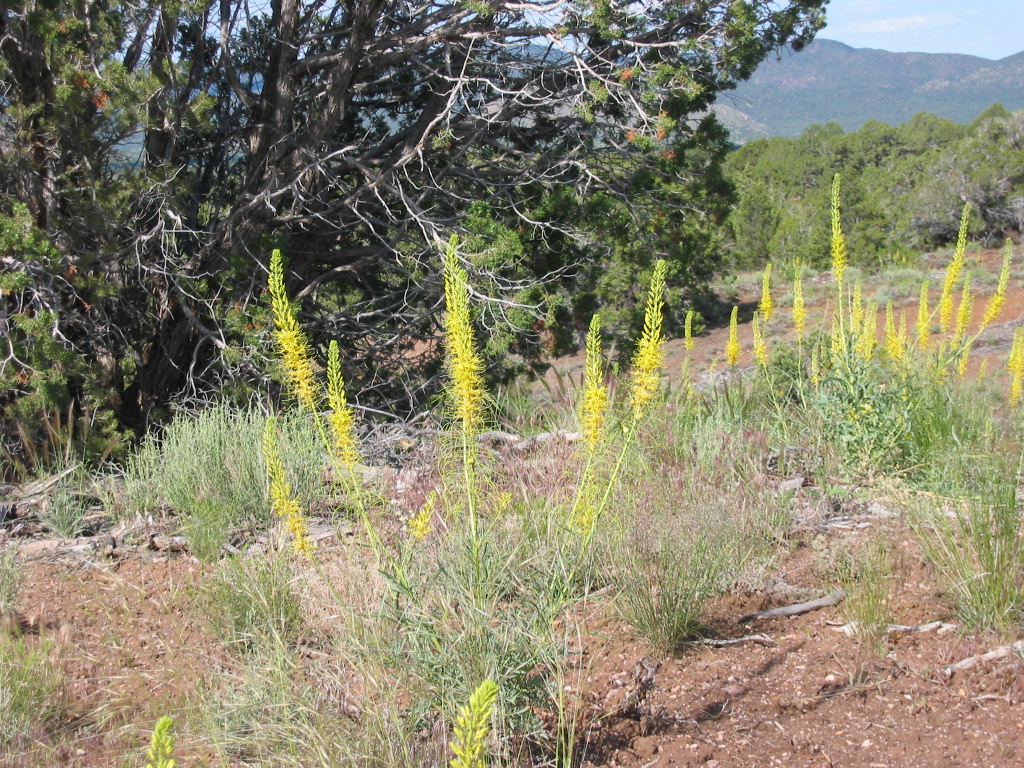
References
- Digital Atlas of the Vascular Plants of Utah. 2008. URL: http://www.nr.usu.edu/GeographyDepartment/utgeog/utvatlas/family/brass/stpi.html
- Mee, W., J. Barnes, R. Kjelgren, R. Sutton, T. Cerny, and C. Johnson. 2003. Waterwise: Native Plants for Intermountain Landscapes. Utah State University Press, Logan, UT.
- USDA-Natural Resources Conservation Service. 2008. Plants database. URL: http://plants.usda.gov
- This fact sheet belongs to a series of fact sheets about Intermountain West native trees, shrubs, perennials, and grasses called “Native Plants in the Landscape.” Look for others in the series by visiting http://extension.usu.edu/htm/publications, then clicking on ‘Horticulture’ and ‘Native Plants’.
Authors
Heidi Kratsch, Extension Ornamental Horticulture Specialist; Graham Hunter, Research Associate, Center for Water Efficient Landscaping
Related Research



